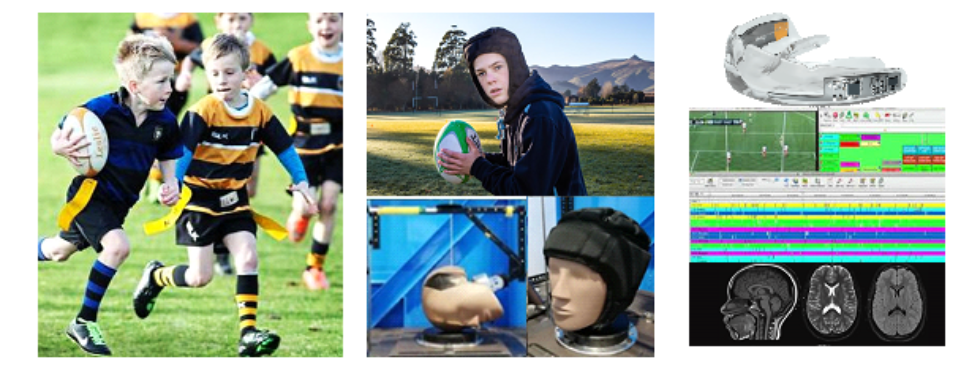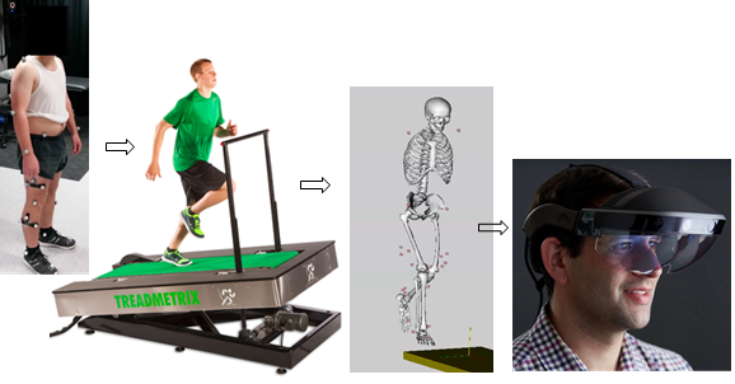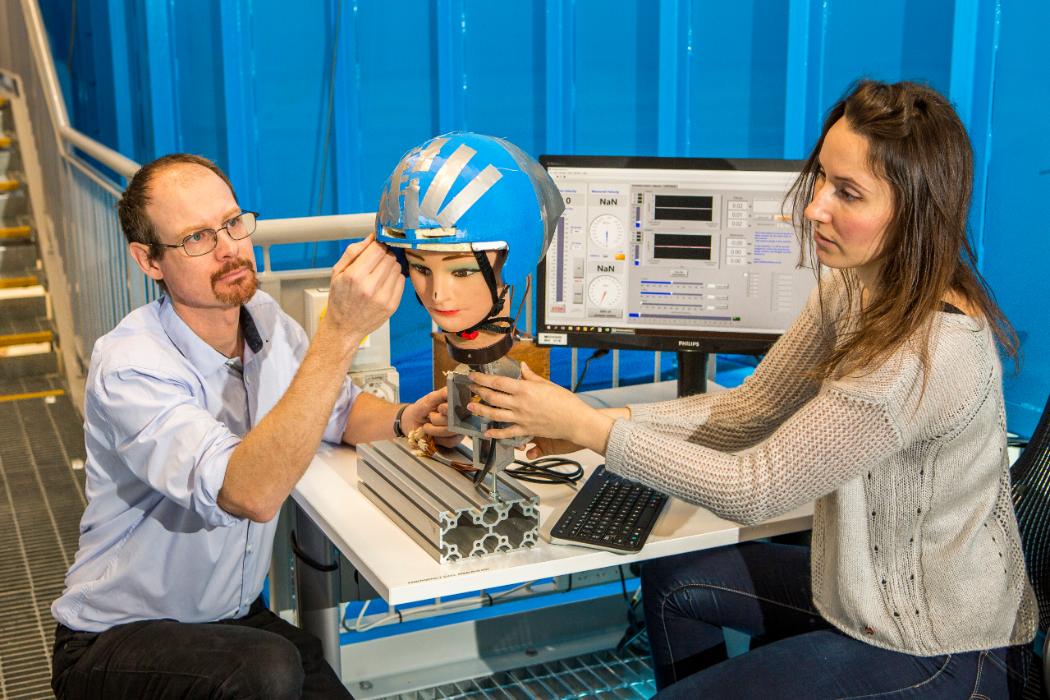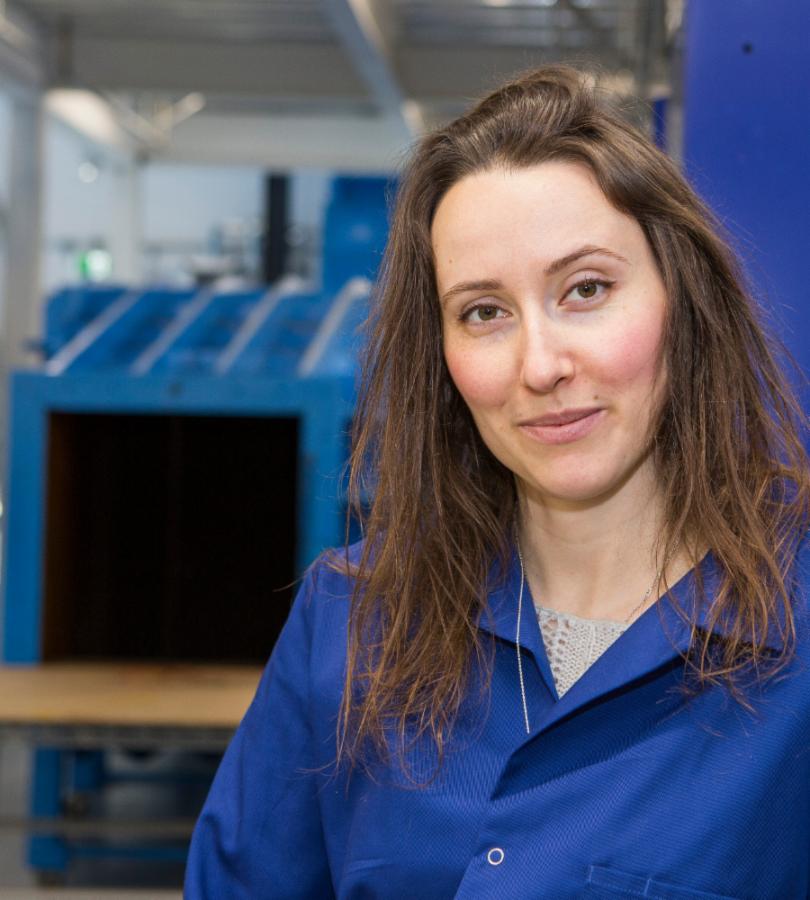
In spite of the acknowledged high incidence rates of TBI among children and adolescents, important gaps remain evident, in particular, with respect to understanding and mitigating impacts of TBI in sport. In our prior work the team has focused on research related to rugby, specifically in regard to performance and recovery, sports engineering with a particular focus on injury, medical engineering, TBI, neuropsychology, and magnetic resonance imaging. The goal of this research is to monitor incidence, assess outcomes, and examine the potential of novel rugby headgear to mitigate collision impact forces for junior rugby players. This transformative study is designed to disrupt current understanding of traumatic brain injury prevention for children playing rugby in New Zealand.
Impact:
- being the first studies to provide evidence about incidence and collision forces for junior rugby
- challenging thinking of parents and coaches involved in junior rugby about headgear use
- challenging NZR as to the potential of headgear to protect players from concussion
- resulting in all children, as is the case for equestrian and cycling sports, wearing protective headgear
- protecting players, decreasing health costs, and reducing ACC claims.
For more information contact:
Rugby Headgear as a Medical Device

The aim of this PhD is a two-part study to 1) design a novel material capable of mitigating linear and rotational impact forces and 2) test the headgear in a study that replicates the first PhD research design.
Foams and honeycomb structures are the most widely adopted impact energy absorbing materials, but both have performance limitations. Honeycombs have very high energy absorption for their mass, but their 2D symmetry creates yielding properties very sensitive to impact direction. Foams do have 3D symmetry but their lower specific-energy absorption is a limit on their effectiveness. Triply Periodic Minimal Surfaces (TPMS) are an appealing alternative (shown to exhibit energy absorption comparable to honeycombs), and have a 3D structure similar to foams. The combination of additive manufacture and the ability to engineer the variable properties of TPMS in 3D space may enable a unique ability to precisely design the deceleration and energy absorption properties required for the complex geometries and loading conditions seen in contact sport headgear.
We are proposing a novel method that would involve recreating real-life impact events under both laboratory and simulated conditions. Computer modelling will be used to determine the desired multi-directional stress-strain responses of the material structure required for most effective impact energy dissipation. The proposed method will build on our preliminary research on uniform and homogeneous cellular structures, exploring the potential to optimise deceleration and energy absorption by varying material and structural parameters such as the relative density in 3D space. In the case of contact sport headgear the aim will be to optimally accommodate both linear and rotational impact loads.
For more information contact:
Augmented Reality Feedback and Immersive Games for Gait Training

Physical activity is essential to human health and wellbeing. Injuries, along with disorders that impair motor function, have considerable impact on our mobility, which in turn may influence our ability to perform self-care, work, recreate, or return to a sport or level of activity that we previously enjoyed. Ultimately, this affects our physical and mental vitality. Current treatment of motor function disorders often consist of simple and repetitive tasks performed infrequently with a therapist and meant to be continued by the patient on their own at home. This project aims to develop new treatment methods that allow patients to perform natural movements in a safe, challenging and engaging environment by designing engaging exertion games in Augmented Reality (AR) that utilize the latest video motion capture and biomechanics. By incorporating a force-plate instrumented treadmill and motion capture via cameras and inertial measurement units (IMUs), the patient will be immersed in an interactive experience, which can improve compliance with physiotherapy and rehabilitation.
The project will facilitate transformation of patient training and rehabilitation, improving both quality of life for those treated, as well as reducing the burden on the NZ healthcare system. The methods will be equally applicable to rehabilitation of elite athletes as they will be for treatment of ageing to improve independence and self-reliance.
For more information contact:
Fostering engagement in gait disorder treatment using patient-tailored immersive games
Instrumented treadmills have been used to assess gait symmetry after injury in athletes, unilateral amputees, and the elderly. Some studies have incorporated augmented reality (AR) and Inertial Measurement Units (IMUs) for rehabilitation. We believe that using immersive games would further improve rehabilitation of patients, through both increased compliance/engagement with training programmes, as well as increased effectiveness of the time spent in rehabilitation. Games that engage players can transform repetitive, boring tasks into more pleasant activities, and can motivate patients and athletes to push themselves to the limits of their physical capabilities.
This project explores how to foster engagement in gait disorder treatment using patient-tailored immersive games. Success of this project is contingent upon both an engagement and information patient interaction and feedback interface, that is driven by accurate tracking and a biomechanics analysis engine that utilizes the latest sensor-fusion approaches that combine the simultaneous data from multiple tracking technologies. Patient motion data will be processed, in real-time, by the biomechanics analysis engine, to facilitate feedback to patients.




